Days of the New
Buy Days of the New Days of the New came out of the gate in 1997 and forged their own style of dark acoustic rock. This style is expertly exhibited throughout the group’s […]

Buy Days of the New Days of the New came out of the gate in 1997 and forged their own style of dark acoustic rock. This style is expertly exhibited throughout the group’s […]
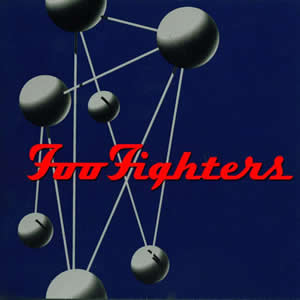
Buy The Colour and the Shape One could argue that Foo Fighters are a better overall group than Nirvana and that their sound is an evolution of the sound that was started earlier […]
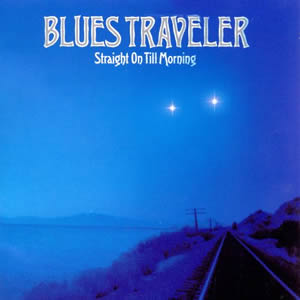
Buy Straight on Till Morning With a newly found international audience waiting for nearly three years for Blues Traveler to release a follow-up to their breakthrough album, the group ultimately found a mixed […]
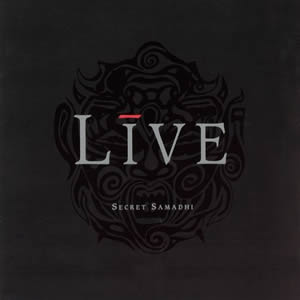
Buy Secret Samadhi The third overall album by the rock quartet Live, the 1997 release Secret Samadhi debuted on the top of the American charts immediately after its release. The album is named […]
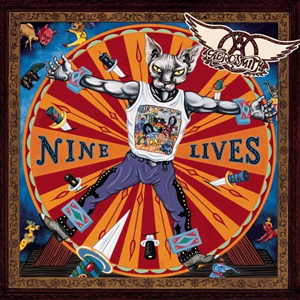
Buy Nine Lives The last in a string of albums over a decade long commercial run, Nine Lives saw Aerosmith return to their traditional record label as well as return to their core […]
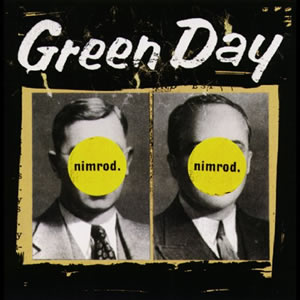
Buy Nimrod Nimrod is the 1997 fifth studio release by Green Day. Here, the group expanded their style and sound by adding some subtle orchestration and by blending some diverse sub-genres with their […]
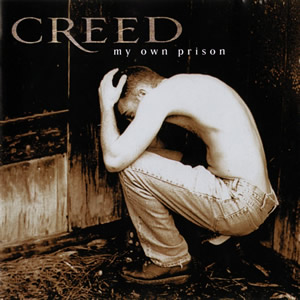
Buy My Own Prison Over the course of 100+ weeks on the album charts, Creed’s 1997 debut album, My Own Prison steadily grew from a small independent release to a multi-platinum blockbuster which […]
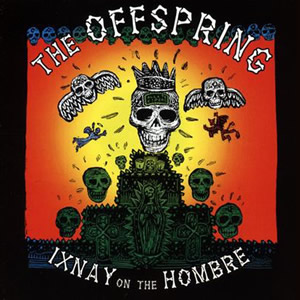
Buy Ixnay on the Hombre In their prime, The Offspring‘s music found the sweet spot somewhere between hard rock and hardcore. Their 1997 fourth overall release and major label debut, Ixnay on the […]
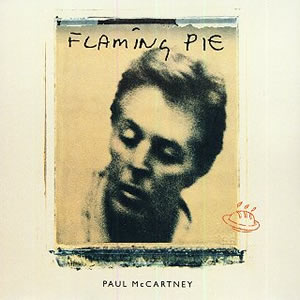
Buy Nine Lives After spending a few years working on The Beatles Anthology project, it was clear that Paul McCartney wanted to continue revisiting the sounds and styles of the past when he […]
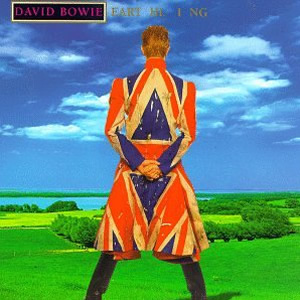
Buy Earthling In my opinion, David Bowie went into a creative slump after his mega 1983 hit Let’s Dance. The albums after Let’s Dance weren’t bad, per say, they just didn’t achieve the […]